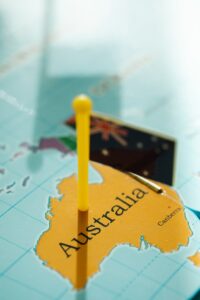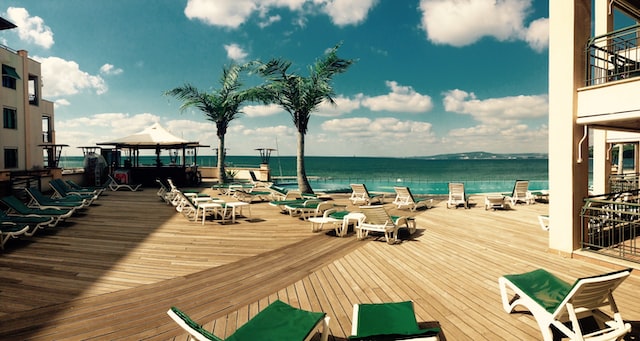How did Australia become the nation it is today? The answer might surprise you. Once upon a time, the land Down Under was colonised by British prisoners who were sent there as punishment for their crimes. These days, Australia is one of the most interconnected Western nations in the entire Commonwealth – you can send files overseas from Australia in a matter of seconds, despite the geographical distance.
Let’s take a look back at Australia’s unique history with British colonisation, and how it shaped the nation into what it is today.
The First Fleet Sets Sail
In 1787, the First Fleet set sail on its eight-month journey to Botany Bay. The fleet consisted of 11 ships carrying a total of 1500 people and was led by Captain Arthur Phillip. Its mission was to establish an Australian penal colony where British prisoners could be sent as punishment for their crimes. In January 1788, the fleet arrived at Botany Bay and began establishing the first European settlement in Australia.

That same year, Britain sent its first fleet of convict ships to Australia carrying more than 750 prisoners, mostly from England and Ireland. This marked the beginning of British colonisation in Australia and would change the course of history for both countries forever.
A Vast New Land
The early settlers found themselves in an unfamiliar land with unique flora and fauna that had never been seen before. They quickly encountered the local Aboriginal people, who were living off the land for thousands of years before colonisation began. Despite being vastly outnumbered, these Aboriginal people fought fiercely against the invading forces but were ultimately unable to stop them from taking over their land. As colonisation spread throughout Australia, many Aboriginal people lost their lives as a result of armed conflicts or disease brought by foreign settlers.
Life in the Penal Colony
Life in Australia’s penal colonies was harsh and unforgiving, especially for convicts who had committed serious crimes such as murder or theft. These individuals were often given hard labour tasks such as road-building or manual labour in order to reform them into productive members of society.
While some convicts thrived under this regime, many others fell ill or died due to the oppressive conditions and harsh punishments that were common during this time period.

The End of Colonialism
By the 1850s, convict transportation to Australia had stopped completely and Britain had begun to focus on other methods for dealing with its criminal population. In 1901, Britain officially granted autonomy to its former colony and allowed it to become part of the Commonwealth – putting an end to over a century of colonial rule in Australia.
Today, Australia is a thriving nation that has come a long way since first appearing on the map
Its turbulent history has shaped it into what it is today – an independent nation that is well-known for its beauty, hospitality, and multiculturalism. By taking a look back at how far we’ve come, we can better appreciate just how much progress has been made since those first convict ships arrived over 200 years ago!



